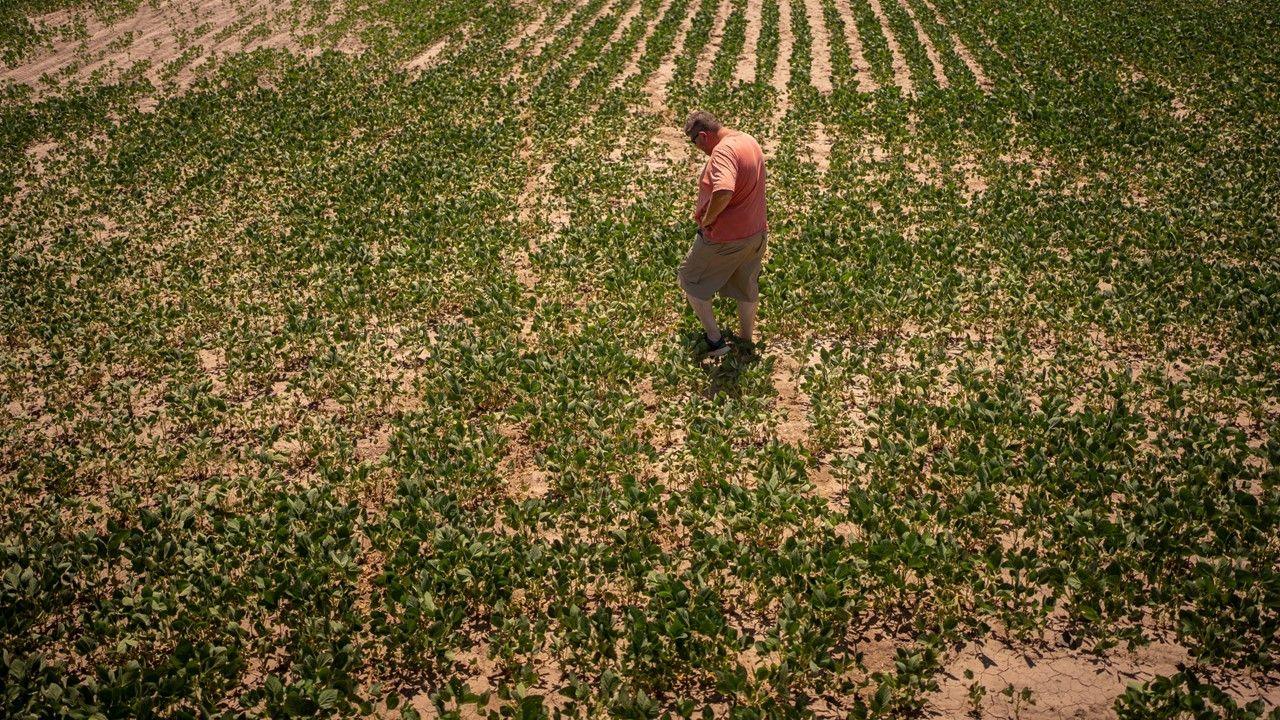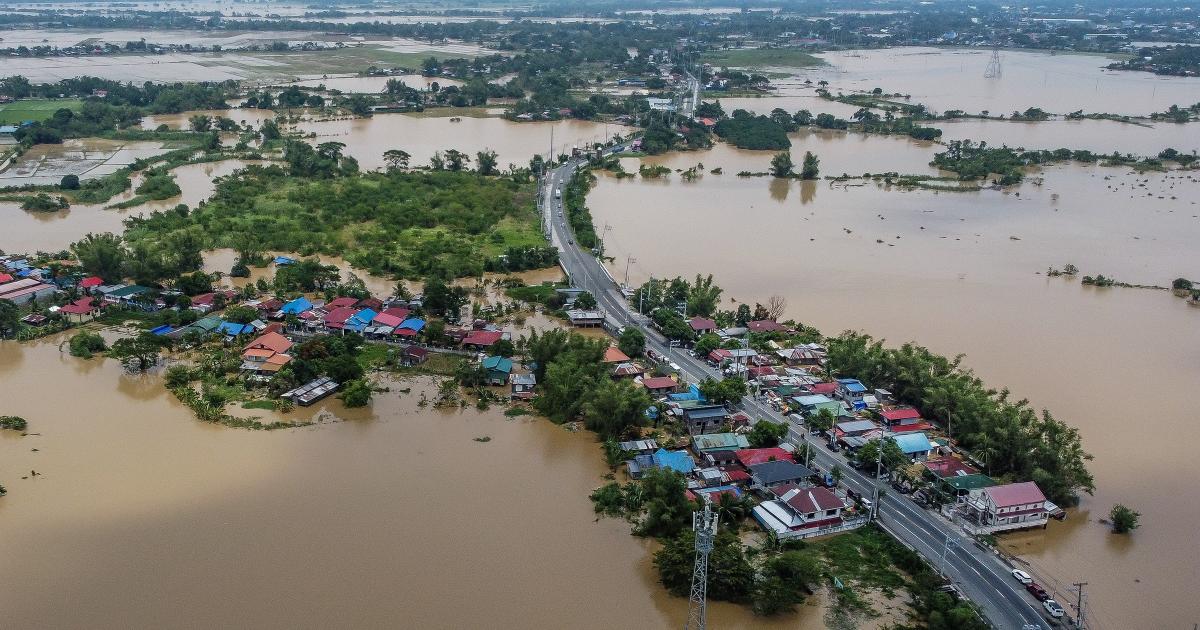In a stunning turn of events, snow made its presence felt across several Southern states that are typically spared from winter’s icy grip. While the Northern regions of the United States are no strangers to snowstorms and bitterly cold temperatures, Southern states like Texas, Alabama, Georgia, and even parts of Louisiana and Florida are not as accustomed to snowfall. However, the winter of 2025 brought with it an unusual cold front, sweeping snow and frigid air into these typically warmer regions, disrupting daily life, and providing a rare spectacle of winter in the South.
This unusual weather pattern not only left residents stunned but also posed challenges for cities unprepared for snowstorms. From schools and businesses closing to power outages and transportation disruptions, this unexpected snowstorm made its mark on the Southern United States. Let’s take a closer look at the impact of this surprising snowfall, the factors that contributed to it, and the implications for the Southern states that are usually left untouched by cold weather.
Unseasonably Cold Weather Grips the South
On January 21, 2025, a cold front that had been brewing in the upper Midwest began its southward march, affecting the weather patterns across the country. This unusual cold front not only lowered temperatures but also carried with it moisture, triggering snowstorms across states that rarely see this level of winter weather. Areas in Texas, Alabama, Georgia, Louisiana, and Florida experienced snow accumulation that ranged from light flurries to several inches, a sight that residents and meteorologists alike were not accustomed to.
The snowstorm moved through the Southern states in a series of waves, bringing precipitation and frigid temperatures that lasted for several days. Cities like Dallas, Texas, which may see a dusting of snow once or twice a year, experienced a substantial snowstorm that led to traffic chaos, school closures, and power outages. In Georgia, the snowfall was heavier than usual, with places like Atlanta reporting up to three inches of snow, creating both delight and frustration for residents.
One of the most surprising aspects of this winter storm was its reach. Florida, which is known for its mild winters and temperate climate, saw snowflakes in several northern regions of the state. For Floridians, who are more accustomed to sunny beaches than snowy landscapes, the rare snow was both a wonder and an anomaly. Even Louisiana, known for its humid subtropical climate, was not spared, with places like Baton Rouge and New Orleans experiencing a light dusting of snow.
How the Storm Affected Southern States
The sudden appearance of snow in these Southern states led to widespread disruptions, particularly in areas where winter weather is a rarity. Schools and businesses in many cities were forced to close as snow began to accumulate on roads, making travel hazardous. While major cities like Dallas and Atlanta have snow removal equipment, smaller towns and rural areas were ill-prepared for the storm, leading to stranded vehicles, delayed emergency response times, and power outages.
In cities like Dallas, snow accumulation was significant enough to cause gridlock on the roads. The Texas Department of Transportation issued travel warnings, and many businesses closed for the day. The highways, which are usually bustling with commuters, became scenes of slow-moving traffic, as snowplows worked diligently to clear the roads. The icy conditions created a danger for drivers unfamiliar with handling winter weather, leading to a rise in accidents.
Meanwhile, in Atlanta, where the snowfall was less than in other cities, the city’s infrastructure was tested. Atlanta is known for its ability to handle large amounts of rainfall, but its response to snowstorms has historically been lacking. The snowstorm in 2025 proved no different, with city officials scrambling to clear snow from roadways. Schools closed early, and many residents stayed home, taking the opportunity to witness the rare winter spectacle.
Power outages were also a concern, particularly in areas of Alabama and Louisiana, where icy conditions weighed down trees and power lines. Several thousand people were without electricity for hours, as crews worked to restore power to affected areas. The storm underscored the vulnerability of infrastructure in areas not designed to handle snow and freezing conditions.
Factors Behind the Southern Snowstorm
The meteorological event that brought snow to the Southern states was the result of several factors aligning in a way that is uncommon for this part of the country. First and foremost was the cold air mass that moved southward from the upper Midwest. As this frigid air settled over the South, it created conditions ripe for snowstorms, as moisture from the Gulf of Mexico met the cold air, forming snowflakes.
In addition to the cold front, the region experienced a period of intense atmospheric pressure changes, which helped pull moisture from the Gulf and Atlantic Oceans into the storm system. This moisture combined with the cold air to create snow, especially at higher elevations. The snowstorm was more pronounced in areas that typically experience milder winter weather due to the convergence of these atmospheric conditions.
The storm was also influenced by the jet stream, which was positioned in such a way that it allowed cold air from the north to push down into the South. This “polar vortex” is a phenomenon where frigid air from the Arctic is funneled southward, causing extreme cold in areas that do not typically experience such weather.
The event was an unusual one for meteorologists, who noted that while it was not unprecedented, it was certainly rare. In recent years, climate change has caused fluctuations in weather patterns, leading to more extreme and unpredictable weather events. The January 2025 snowstorm in the South was one such example, where the typical expectations for Southern winter weather were completely upended.
The Impact on Southern Communities
While the snow brought a sense of wonder to some, it also presented significant challenges for communities in the Southern states. Schools and businesses in many cities were closed, and public transportation was disrupted, especially in areas that were unaccustomed to handling snow and ice. Emergency services were on high alert, responding to accidents and providing assistance to people stranded on the roads.
For many residents, this unexpected weather event was a reminder of how vulnerable they can be to extreme weather. In areas that typically see mild winters, the lack of winter preparedness was glaring. Snow removal equipment was in short supply, and many cities had to rely on makeshift solutions, such as salt trucks or manual snow shovels, to clear the roads.
The snowstorm also posed problems for farmers, especially in parts of Texas and Louisiana. With agriculture being an important part of the economy in these regions, cold snaps can be devastating for crops, especially those that are sensitive to freezing temperatures. The snow and cold also posed a challenge to livestock, with farmers scrambling to provide shelter and ensure the safety of their animals.
Conclusion
The snowstorm that hit Southern states on January 22, 2025, was an extraordinary event that left a lasting impact on the region. From snowflakes in Florida to several inches of snow in Texas and Georgia, the Southern states experienced winter weather that they are not typically prepared for. While the snow brought beauty and excitement to the region, it also exposed vulnerabilities in infrastructure and posed significant challenges for residents, businesses, and emergency responders. As climate patterns continue to shift, it is likely that Southern states will face more extreme weather events in the future, making it essential for communities to adapt and prepare for the unexpected.




